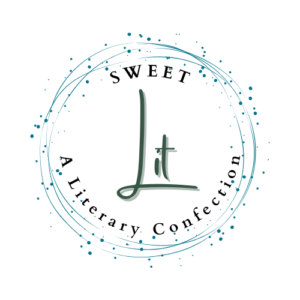Dear Sarah M. Broom,
We see a lot of big numbers here in the year 2020: 230,000 Americans lost to COVID-19 (with well over a million lost worldwide); 995+ Americans murdered by police officers since January, many of them young Black or Hispanic men; 545 children whose parents are missing after being separated from one another at the border between the United States and Mexico. It’s easy to get lost in numbers this large, tragedies this abstract. We become too numbed by their enormity to recognize their weight. We forget that these numbers represent lives—with futures, pasts, loves, losses, disappointments, and dreams—ended or torn apart. The images that flash by on the news get lost in the shuffle and, despite our best intentions, we find it easy to put them out of our minds.
In The Yellow House, you ask us to linger on another such tragedy—the roughly 134,000 homes that were damaged or destroyed when Hurricane Katrina hit New Orleans, Louisiana in 2005. You entrust us with an image of your family’s home: a shotgun house with yellow vinyl siding on the short end of Wilson Avenue. You welcome us inside the house which, while “not all that comfortable for other people,” shelters your mother, Ivory Mae’s hopes for a legacy, as well as the loves, losses, disappointments, and dreams of you and your eleven siblings. And once we can see The Yellow House clearly, you ask us what it means for a family when their home is destroyed. You ask what it means for a community whose “poorest [are] used as sacrificial lambs” when their pain and recovery don’t fit into the mythology of a great American city.
The Yellow House starts where the numbers wont: with the people. Using interview transcripts and extensive archival research, you give an account of your family’s history, starting with your grandmother Amelia in 1915, that is stunning in both its scope and its depth. You trace the threads of family resemblance—your grandmother’s elegance, your mother’s eye for beauty, your brothers’ sharp style—through the generations, and show how their fortunes rose and fell with the success of their city and chosen neighborhood of New Orleans East, a 1960’s suburban experiment that failed economically and is often not even included on maps and brochures. Throughout, The Yellow House stands as a shifting symbol, representing the emptiness left by the loss of your father, Simon, when you were six months old, your mother’s desire for something beautiful to pass on to her children, the burden of shame placed upon Black people by societies that require them to swallow their disappointment and rage, the neglect of New Orleans East in favor of the more tourist-friendly French Quarter, and the decay that resulted. An unsteady place in an unsteady world which was, nonetheless, a home.
The Yellow House shows us what happens to a family when the water rushes in, and what is left when the water recedes. We see your brother Carl stranded on a rooftop for days after the levees break, comforting his dogs, Tiger and Mindy. We see your brother Michael swimming through flooded streets to find food for his girlfriend’s children and mother, bathing himself in Listerine after. We see your mother fleeing to Mississippi, where water is rising, too. We see you sitting in New York by a silent telephone, watching the news for any sign of your loved ones. “Imagine this being all that you can do,” you write. “It’s as paltry as it sounds.”
We see the aftermath: a bungled bureaucratic response that abandons Black citizens in less profitable neighborhoods while trying to rehabilitate New Orleans as a tourist haven, broken promises to rebuild houses that were damaged in the storm, thousands of people leaving what was once their home and never coming back. We see what the tourism pamphlets and press releases hope we won’t: we see what happens to vulnerable people who are sacrificed in the name of capitalism and pride. The way those people learn to survive.
I keep coming back to the numbers: 134,000 dwellings damaged or destroyed. Whole neighborhoods, whole universes, washed off the map. Families—people—scattered to the wind, searching for homes that no longer exist. Shouldering grief and shame they did not earn. Smiling anyway. Laughing, even. The Yellow House feels to me like a calling to witness the stories within the numbers, if not to fully understand those experiences, at least to see them. To reckon with their weight. To remember.
New Orleans East has, as you write, “few restaurants, no cafes to pass by or stop in. But none of these details make New Orleans East any less of a place.” As we once again live through a time of human tragedy on a grand scale, which is once again driven by shortsighted greed, and which once again disproportionately affects the most vulnerable among us, The Yellow House reminds us that we must resist the numbness of large numbers. We must remember what each and every number represents. We must train ourselves to shoulder the weight of shame and fear, the weight of knowledge, of empathy, of responsibility. We must see the humanity in one another. We are all, after all, from someplace. We must help our neighbors make it through the storm.
Thank you for sharing your family’s story.
Your fan,
Kelcee Sykes



